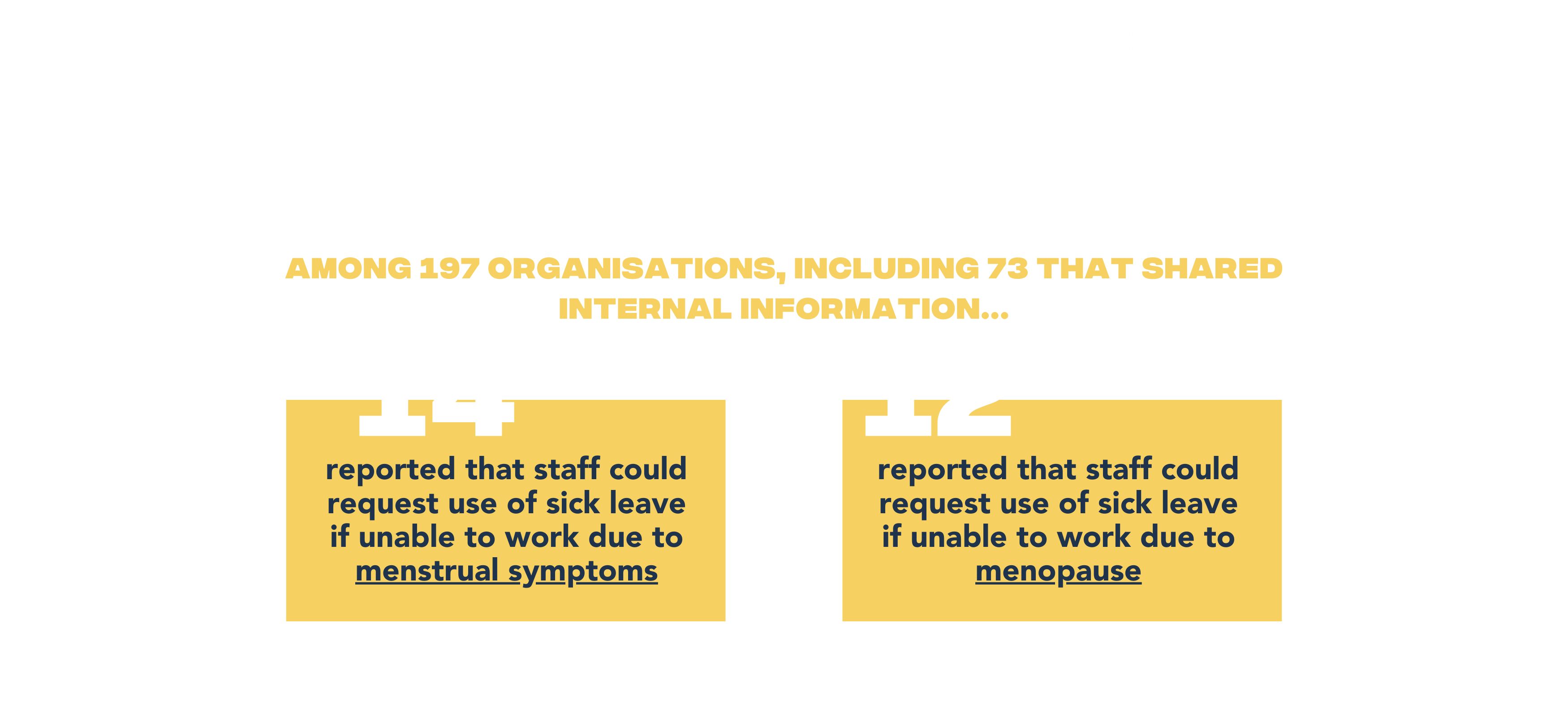Workplaces: worse for women
For the first time, the GH5050 Report focuses on sexual and reproductive health and rights (SRHR) in the workplace. The Report adopts a life course approach to assessing SRHR policy issues that may impact women’s entry, participation and advancement in the workplace. We examined workplace policies of 197 global organisations active in global health for their treatment of a range of life events, from menstruation, abortion and menopause, to antenatal care and caring responsibilities. These findings are presented alongside our biennial review of parental leave and sexual harassment policies and can be explored in Part 1 of the Report.
Part 2, the Unfinished Agenda, presents six years of data in our annual analysis of organisations’ gender-related policies and practices. Every year, GH5050 shines a light on whether and how organisations are playing their part in addressing two interlinked dimensions of inequality: inequality of opportunity in career pathways inside organisations; and inequality in who benefits from the global health system.
Part 3 presents organisational performance in 2023, as well as progress since 2020 by category. Organisational performance over the years can also be explored in the Gender & Health Index and through Organisations’ Profile Pages.
What is the issue?
Sexual and reproductive health and rights (SRHR), including privacy and agency, are fundamental to gender equality in all spaces, including the workplace. Historically, however, workplaces have been created for men and male bodies and a particular vision of masculine gender roles. For centuries, women have been subject to misogyny and ageism, and their bodies considered as weak, inadequate and unfit for formal employment.
Today, SRHR in the workplace continues to be generally ignored, overlooked and often unspoken about. For women, the impact on career retention and progression into leadership positions is harsh. Legal challenges to advancing SRHR also continue. The rollback of the constitutional right to abortion in the United States, for example, has increased state control over women’s bodies. In response, some private sector employers stepped in to provide support. This led us to the question, if the state fails to protect SRHR, should and can employers step up and step in?
To explore this question, GH5050 has adopted a life course approach to assessing SRHR needs over the course of a career. This includes policies that support leave and flexible work arrangements to cope with menstrual or menopause symptoms, family planning, parental leave, breastfeeding and childcare, and support for people who suffer domestic violence, all of which can help people pursue a healthy private life and their career goals.
Global health workplaces should be frontrunners in modelling the highest possible standards for promoting the SRHR of their employees. We find some, albeit rare, examples of promise, and substantial space for leaders to set the agenda and show the way.
“Why are global health CEOs and board chairs still predominantly men? Why is the increase in women’s global health leadership and power so glacially slow? GH5050 helps us answer these fundamental questions.”
Natalia Kanem, Executive Director, UNFPA
GH5050 explores SRHR in the workplace as part of its larger annual assessment of gender-related policies and practices. The GH5050 Report and Index continue to provide the single-most comprehensive analysis on gender equality and the distribution of power and privilege in global health. The 2023 Report presents our findings on the progress of organisations over six years, including on public commitments to gender equality, workplace gender equality, diversity and inclusion policies, representation in leadership, and reporting data disaggregated by sex.
As we enter our sixth year of compiling this report, we are firmly encouraged by the dedication and enthusiasm of a range of organisations to engage with GH5050’s research process and the issue of gender equality, and we applaud the progress being made in many areas.
How do we take this agenda forward?
The global community needs to develop employment norms and standards for SRHR in the workplace.
The findings show there are neither enough policies in place to protect women throughout their working life, nor are there common standards and practices around SRHR workplace policy. The global community must collaborate across sectors to develop employment norms and standards that promote and protect SRHR in the workplace and across the life course. This should be accompanied by independent accountability mechanisms, to challenge and transform the structures and values that perpetuate inequality.
The global health community is well placed to spearhead good practices in the workplace, so they are fit for everyone.
Given their mandates to deliver on SDG5 and promote sexual and reproductive health of women and girls across the world, global health organisations can be global leaders in spearheading good practice in their own workplaces, making them fit for everyone.
Governments must enshrine SRHR in law for workplace justice.
Legal protection is a bedrock to the realisation of rights. A lack of adequate protections and access to sexual and reproductive rights jeopardises women’s dignity, equal opportunities, health and lives. These issues are too important to be left to the discretion of employers and organisational policies. Women’s rights to reproductive justice in the workplace must be enshrined in law and all employers must conform and be held accountable.








